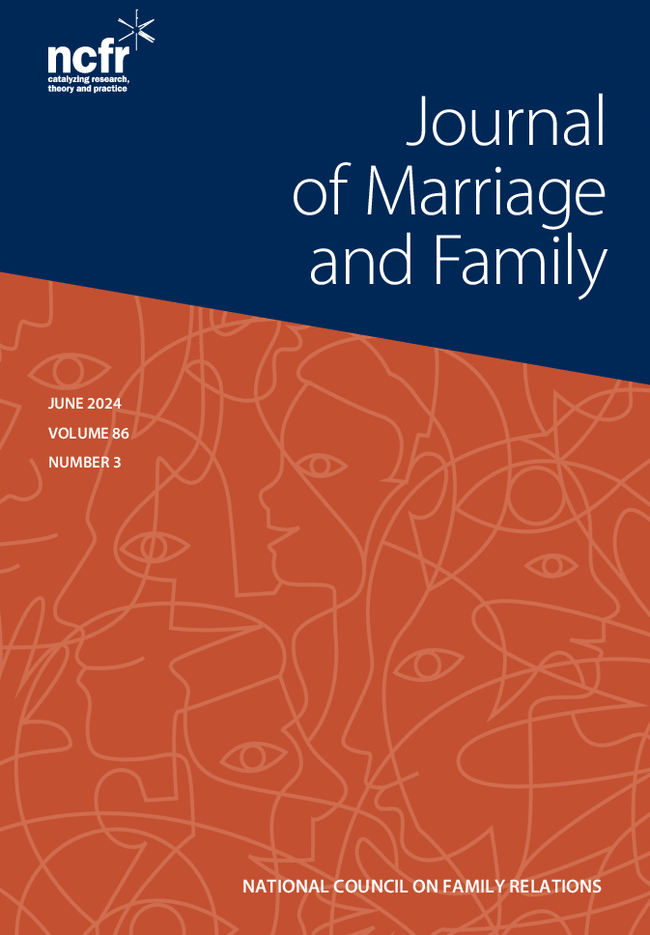COVID-19 experiences and family resilience: A latent class analysis
Abstract
Objective
This study identifies subtypes of families with varying levels of economic and relational resilience during the pandemic and evaluates the factors associated with these subtypes in Singapore.
Background
Despite mounting evidence on the detrimental impact of the pandemic on family well-being, we examine how resources at different levels may enhance family resilience.
Method
A sample of 2818 households was extracted from two waves of the Singapore Longitudinal Early Development Study (SG-LEADS). Latent class analysis was conducted to classify subgroups of families. Multinomial logistic regression was applied to examine the association between the subgroup membership and multilevel factors including mother's self-efficacy, family socioeconomic status, quality of family time, mother's work-life conflict, partner cooperation, neighborhood environment, and government and community support.
Results
We identified six distinct groups of families: “economically and relationally fragile” (4%), “economically struggling but relationally improved” (11%), “economically struggling but relationally stable” (14%), “economically secure and relationally stable” (28%), “economically secure but relationally deteriorating” (11%) and “economically secure and relationally strengthened” (31%). Families with higher socioeconomic status tend to show economic resilience. Families with mothers exhibiting higher self-efficacy and lower work-life conflict, coupled with quality family time, better neighborhood, greater government and community support, are more relationally resilient.
Conclusion
The study provides a nuanced picture of family dynamics under a global crisis, highlighting the multilevel resources that are correlated with family resilience.


 求助内容:
求助内容: 应助结果提醒方式:
应助结果提醒方式:


